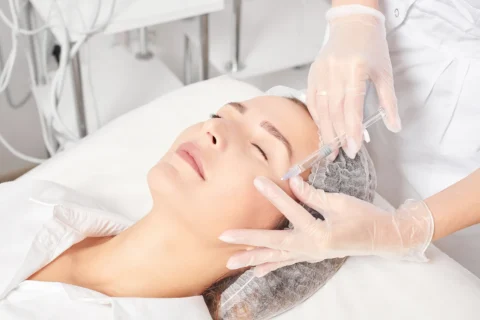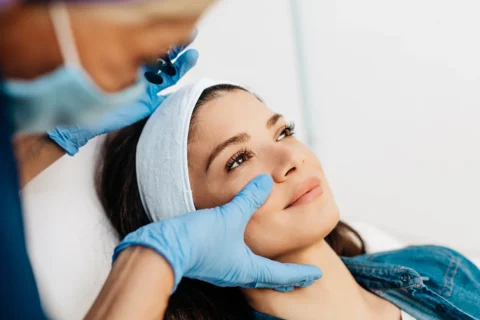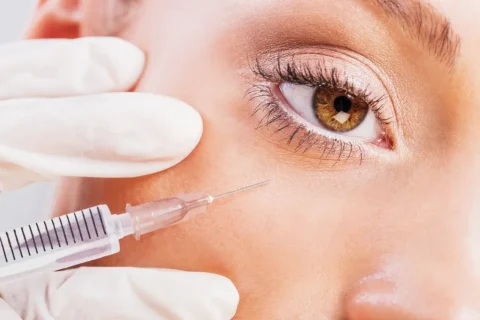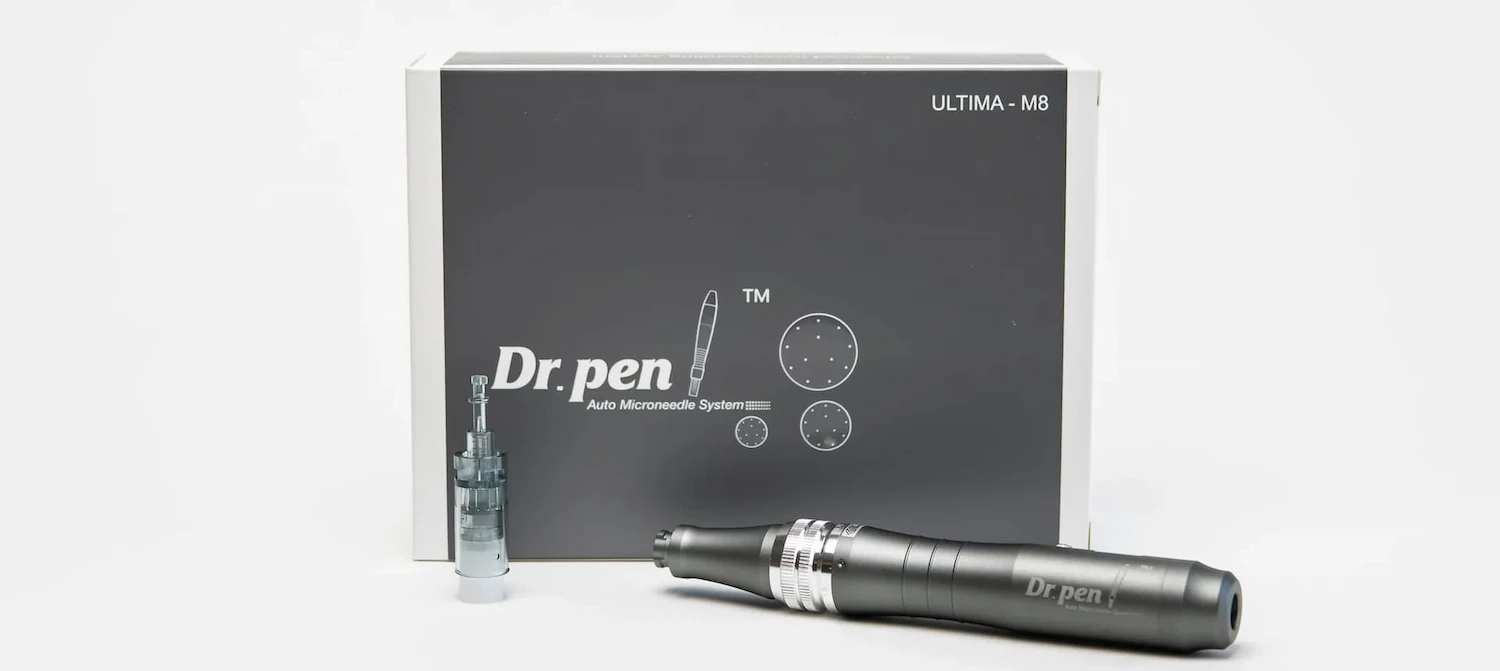Discover How Polynucleotide Injections Stimulate Hair Growth and Improve Scalp Health
Polynucleotides present a new strategy for combating hair loss. They stimulate growth factors, which boost blood flow to the scalp. This process reduces inflammation by neutralizing free radicals. These actions cultivate a healthier scalp, thereby potentially encouraging hair follicles to regenerate.
Studies indicate that patients may experience improvements in hair thickness and scalp condition. The treatment requires injections, and results vary among individuals. Each session typically costs between $500 and $1000.
What Are Polynucleotides?
Polynucleotides are biopolymers; nucleotide chains form them. Each nucleotide contains a pentose sugar, a phosphate group, and a nitrogenous base.
Polynucleotides such as DNA and RNA control vital cell processes, like storing and sending genetic instructions. RNA directs protein creation, while DNA holds the master plan for cell reproduction and operation.
You probably know DNA’s distinctive double helix structure is held together by two intertwined polynucleotide strands. This structure allows DNA to accurately copy itself; this is important for cell division. Research shows that DNA replication error rates are about one in 10 billion nucleotides in human cells.
Differences in the nitrogenous bases influence how genetic information is coded. Adenine, guanine, cytosine, and thymine (or uracil in RNA) act as these bases. These bases determine amino acids sequences in proteins.
For example, a sequence of three bases, called a codon, specifies which of the 20 amino acids should be added next during protein synthesis. Changes in even a single nitrogenous base within a gene may lead to different protein variants and can sometimes result in disease.
How Polynucleotides Work for Hair Growth
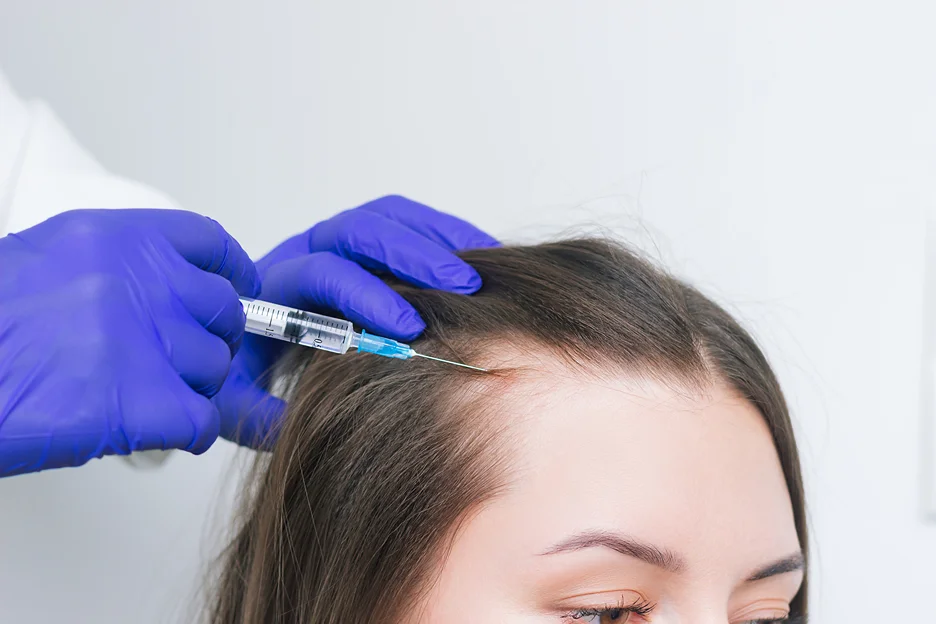
Polynucleotide structure explains how they boost hair growth on a cellular level, impacting hair follicles in several ways. Polynucleotides trigger the release of growth factors, which are key for cell growth and division. They also improve blood flow to the scalp. This enhanced microcirculation nourishes hair follicles, which is critical for their development.
These mechanisms reduce inflammation, creating a healthier environment for hair growth. Polynucleotides neutralize free radicals, lessening oxidative stress on hair follicles. They stimulate fibroblast activity, and this increased collagen production strengthens the structure of hair follicles. These actions work together to revitalize hair follicles.
Research suggests polynucleotides can promote the anagen (growth) phase of hair growth. While evidence indicates that polynucleotide treatments are effective, outcomes may differ based on the formulation and how it’s applied.
For example, some studies show that specific polynucleotide formulations may lead to a 20-30% increase in hair density over a period of 6 months, but further research is needed to confirm these results across diverse populations and delivery methods.
Exploring the Benefits
Polynucleotides offer several benefits, including potentially thicker hair and a healthier scalp. They stimulate tissue regeneration, which may help hair follicles grow. Improved cell turnover encourages angiogenesis, a process vital for bringing nutrients to hair follicles. Studies suggest angiogenesis can increase hair growth by roughly 10-15%.
Evaluating how well a hair restoration treatment works requires careful assessment. Doctors measure hair regrowth, changes in hair thickness, and the overall health of the scalp after polynucleotide treatments. They often use tools like trichoscopy to get precise measurements. Patient feedback is also very important.
Polynucleotides should be compared to other hair loss treatments like minoxidil, finasteride, or hair transplants. Polynucleotides operate differently and could be a good option for people who don’t respond well to standard treatments or prefer avoiding surgery. Their biocompatibility may also appeal to those with sensitive skin.
Research indicates that approximately 60-70% of individuals unresponsive to minoxidil may see some improvement with polynucleotide treatments, although further study is needed to confirm this.
Potential Downsides and Considerations
Polynucleotide treatments offer hope for hair restoration, but you should weigh a few potential drawbacks. Mild and temporary injection-site reactions happen. You might notice redness, swelling, or bruising where you got the injections. These usually fade within a few days.
While uncommon, allergic reactions can occur. Tell your doctor about any allergies you have before starting treatment. For example, studies indicate that less than 1% of patients experience a notable allergic response.
Treatment costs also demand consideration. Polynucleotide therapy often requires a sizable investment. Achieving the best results may involve several sessions, increasing the total cost. Research indicates the average cost per session ranges from $500 to $1000. Discuss payment plans with your provider.
Scientists continue to study how well polynucleotides work and how safe they’re for long-term hair loss treatment. Currently, studies suggest benefits can last up to a year, but maintaining those results may require follow-up treatments.
Polynucleotides: What the Research Says
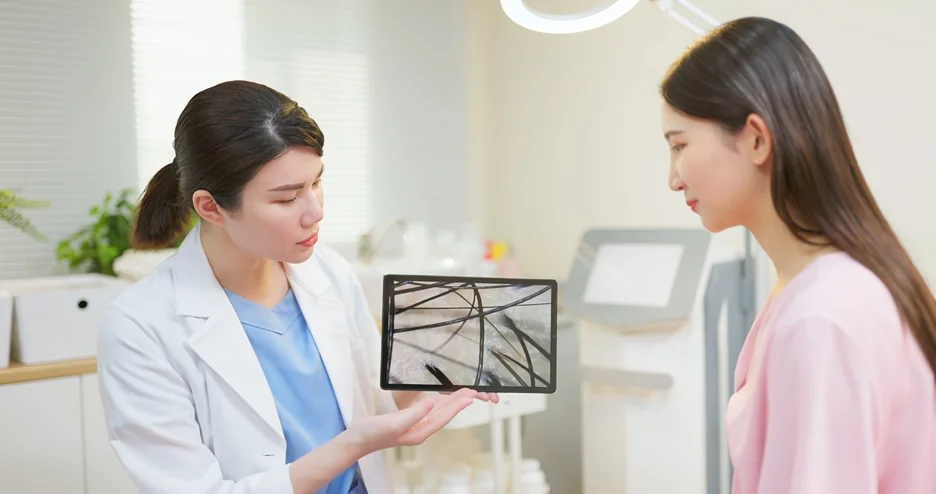
Research explores how polynucleotides might help with hair loss by looking at hair counts and thickness. Some studies suggest polynucleotides boost hair follicle activity, possibly by promoting blood vessel growth (angiogenesis) and cell reproduction.
However, other research indicates limited or no significant effects. When evaluating these studies, consider factors like sample size and research methods. For example, a study with 30 participants might show different results than one with 100 participants.
Also, the way researchers measure hair growth can affect the outcomes. Although some early studies show promise, further research could challenge these initial findings.
It’s important to critically analyze the evidence because the effectiveness of polynucleotides for hair loss is still under investigation. Larger studies, with more rigorous methodologies, are necessary to provide more definitive answers. Until then, the true impact of polynucleotides remains debated.
Comparing Polynucleotides to Other Treatments
Polynucleotides offer a new approach compared to established treatments like minoxidil, finasteride, and hair transplant surgery.
Minoxidil, a topical treatment, boosts blood flow to hair follicles. Finasteride, an oral medication, lowers DHT levels, a hormone linked to hair loss. Hair transplantation surgically moves hair follicles to areas with thinning hair.
Polynucleotides work by stimulating cell growth and improving scalp health. Studies suggest they operate through different pathways than minoxidil and finasteride. For example, research indicates that polynucleotides increase fibroblast activity by approximately 30%, which leads to collagen production.
Understanding these different actions makes combined therapies possible. Unlike surgery, polynucleotides are a non-surgical option.
Because polynucleotides promote regeneration, several treatment sessions may be needed for best results. They could be useful alone or alongside existing treatments. Reviewing clinical trials and expert advice can help guide your choices.
While early studies show promise, continued research will clarify their long-term effectiveness compared to alternatives like minoxidil, which shows about 60% of users experience some hair regrowth after six months, or finasteride, which around 80% see stabilizing effect.
Is It Right for You?
Polynucleotide treatment might suit you if you consider your hair loss type and severity, your general health, and what you hope to achieve.
Expect hair regeneration, not a complete return of hair if you have significant baldness. Studies suggest up to a 30% increase in hair density after several sessions, but results vary.
Your medical history plays a key role. Certain conditions or drugs can affect whether you’re a good candidate. A detailed consultation lets us evaluate these things, figure out if it’s right for you, and weigh the good against the bad.
Think about what you prefer in a treatment. Ask yourself: Are you okay with injections? Can you commit to the needed sessions, typically spaced several weeks apart?
Also, explore other options. Polynucleotides may not be the only answer. Looking at these things helps you choose the best way to deal with your hair loss. For example, some studies show that around 70% of patients experienced noticeable improvement with combined therapies.
Final Thoughts

Polynucleotides might help with hair loss. Research suggests they boost blood vessel growth around hair follicles and increase the production of the support structure around cells, which could reverse hair thinning. For example, studies show some people experience increased hair density after several months of treatment.
However, stronger studies with more participants are needed to confirm these initial findings and understand if the positive effects and safety last long-term. Talk to your dermatologist or hair specialist to see if polynucleotides are right for the cause of your hair loss and what you hope to achieve. Decide if the possible improvements are worth the current limits in research data.


